The technology of self-driving cars and cashier-less stores are examples of these emerging technologies. Real-time object detection, or RTOD, detects objects in real-time and is key in these technologies.
The most versatile RTOD models are YOLO (You Only Look Once) models. In this article, we’ll look at some examples of RTOD and explain how they work. We’ll also look at VR technology and 3D printing.
Artificial intelligence
Artificial intelligence (AI) is one of the technologies of the future, but there is an ethical dilemma. Some critics say the technology is untrustworthy, as evidenced by recent scandals involving Cambridge Analytica and Amazon Alexa.
Privacy concerns also have been a big concern. Apple CEO Tim Cook recently derided Facebook and Google for their data-mining greed and expounded on this concern in a recent speech in Brussels.
Robotics
While it’s hard to predict when robots will take over the world, it’s already apparent that these machines are not only going to do more tasks than humans but that they will also be more human-like. The next generation of robotics will have realistic hair and skin, and they’ll be able to respond to human touch and nonverbal cues.
The future will see robots acting as life-saving tools in surgeries, intelligent rehabilitation trainers for convalescents, and attentive guardians of the environment. The technology behind robotics has advanced to a point where it will only continue to grow, with applications in agriculture and logistics.
3D printing
The concept of bioprinting, the process of creating objects by combining human cells and tissue, is exciting and has the potential to transform human healthcare. By the year 2025, many experts believe that 3D-printed internal organs will be used in surgery.
Already, the technology is being used to repair bone and cartilage. In 2015, Spiritism, a 3D-printed anti-seizure drug, received a patent. 3D-printed pills could provide a safe, cheap, and accessible way for doctors to give vital drugs to the masses.
VR technology
There are many benefits to using VR. Many of these benefits have been proven to be helpful to society in the future. Still, there are some problems associated with VR. One of these problems is its lack of business models and strong industry standards. Additionally, VR is not reaching its intended audience financially. If you’d like to learn more about the benefits of VR, continue reading below. This article will give you an overview of some of the most promising uses for VR.
Low latency 5G networks
A low-latency network is a desirable trait for a wide range of mobile applications. For example, self-driving cars are a prime use case, as they require ultra-low latency for smooth operation. However, they do not require high data-throughput rates. In fact, data-throughput speed improvements can benefit high-bandwidth applications more than low-latency ones. Until now, high-bandwidth apps have required WiFi connections. With the advent of 5G, those requirements will no longer be required.
Fabric that detects a heartbeat or handclap
One way to make this vision a reality is to make fabric that detects a heartbeat or hand clap. This fabric uses piezoelectric fiber, which produces an electrical signal when bent or deformed.
The fiber detects subtle features of the heartbeat and can even be used to create recorded sounds. The next step is to make the fabric programmable so that it can learn from experience and adapt to different sounds.
Cloud-based technologies
The convenience and security of cloud computing are becoming increasingly important to many industries. In the identity management space, for instance, it is now possible to store user preferences and login information in the cloud.
Developers also find the process of developing cloud-based software much simpler than before. Developers don’t need to worry about storing data on their own servers, and they can also sell third-party applications and software stored on cloud platforms.
Health-related inventions
The next generation of medical devices is set to be more advanced than ever before. With the advent of digital technology and its explosion in content capabilities, there are unlimited social opportunities and underpriced attention. Health technologies encompass a wide range of products, services, procedures, and services that are designed to simplify healthcare operations, improve the quality of care, and lower costs. One of the most promising health-related technologies for the future is virtual reality.







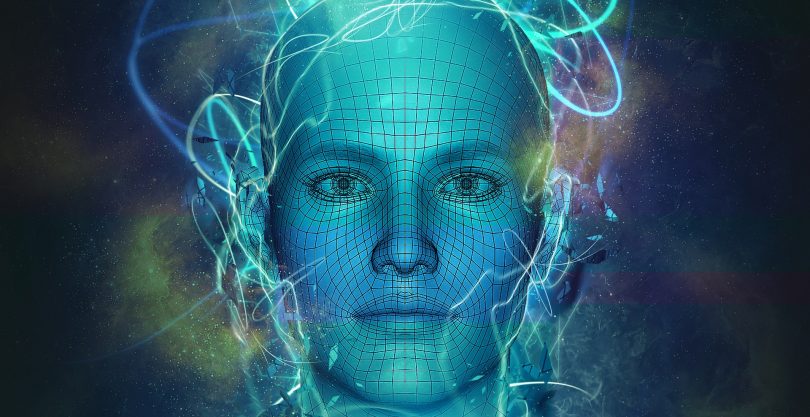
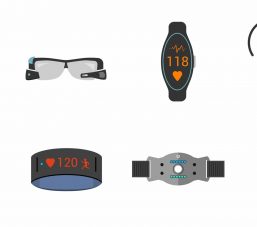

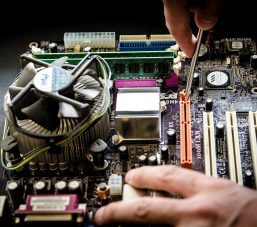
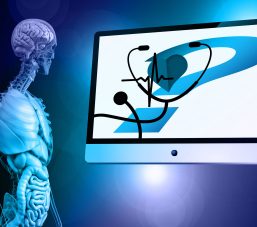
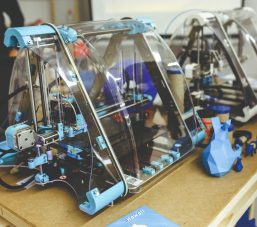
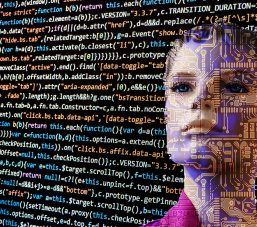
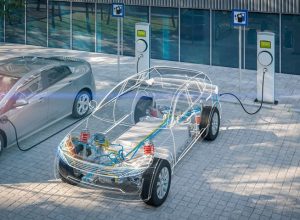
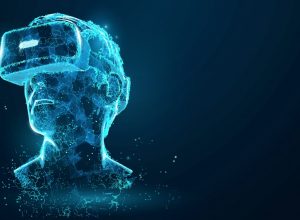
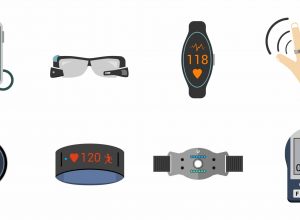

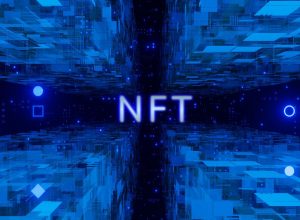
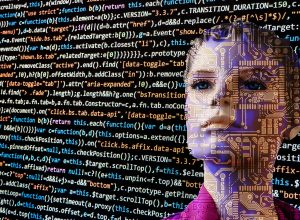
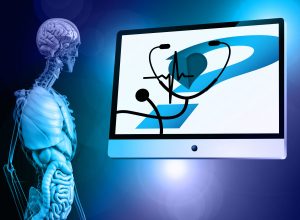
Comments